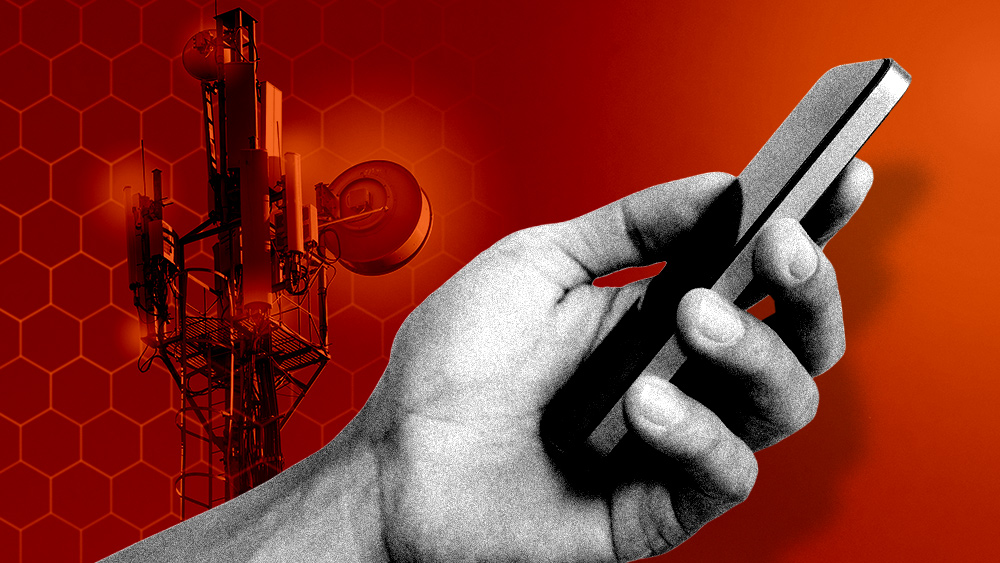What’s the best way to protect cars from theft? Wrap key fob signals in aluminum foil
09/24/2018 / By Edsel Cook

Even as cyber thieves come up with high-tech ways to steal your car, old-fashioned materials can stop them from succeeding. Security experts recommend wrapping your car fob in aluminum foil to prevent hackers from copying its wireless signal, an article in the Detroit Free Press reports.
Cybersecurity expert Holly Hubert recommends that people should buy a Faraday bag to store their car fob during the day. The foil-lined bag will hide the unique signal given off by the fob at all times.
“Although it’s not ideal, it is the most inexpensive way,” said Hubert, the CEO of security firm GlobalSecurityIQ. “The cyber threat is so dynamic and ever changing, it’s hard for consumers to keep up.”
Your car is always listening for the signal emitted by its fob. There are commercial devices that can increase the strength of that signal so that it reaches your vehicle. Some devices can even copy the access code for the car.
This means of theft is considered to be so easy that the automobile industry and insurance companies are keeping a close eye on related developments. (Related: Cryptocurrency blockchains being sabotaged in “51 percent attacks” to steal virtual coins.)
Car thieves can hack almost any modern vehicle
Faraday bags are able to block electromagnetic fields. They are named after Michael Faraday, the man who showed the world how to shield their electronics from electromagnetic energy.
These cheap metal protectors might be all that stands between your car and a thief with a wireless fob. Given the right equipment, thieves can capture the signal of your car fob from well outside your home, office, or hotel room.
Another cybersecurity expert, Moshe Shlisel of GuardKnox Cyber Technologies, demonstrated how his engineers could use a smartphone to break into a semi-truck. Shlisel has been tapped by Daimler and the Volkswagen Group to improve the cybersecurity of vehicles from famous brands like Audi, Mercedes-Benz, Porsche, and Volkswagen.
He said there were other customers and potential clients that requested anonymity. The security flaw appeared to be present throughout the entire automotive industry.
“This should be something we don’t need to wrap with foil,” Shlisel remarked regarding his own car fob. “It’s 2018. Car companies need to find a way so no one can replicate the messages and the communication between the key and the vehicle.”
He showed off the handmade Faraday bag that protects the key fob of his car whenever he is at work. At home, he wrapped the fob with a layer of foil before putting it in a metal can
Wrap your car fob in aluminum foil to protect it from hackers
It is easy to hack cars and personal data in this wireless, connected world. That is why cybersecurity experts urge everyone to store their car fobs in a physically safe and secure place – say, a metal coffee can.
Millions of people now keep their credit cards in a special pocket that works as a Faraday cage. The same mindset and practices should apply to key fobs, which are just as vulnerable to hackers as smartphones.
If you are getting a protective pouch for your car fob, better test them out. Ex-journalist Jay Beckerman put the fobs of his two cars in a Samsonite RFID pouch. He reported to the Detroit Free Press that the lock and unlock buttons still triggered despite the RFID pouch.
He was finally able to block out the signal of the car fob by wrapping it in aluminum foil. For best results, he recommended putting the foil-wrapped fob inside a small tin can.
If you are worried about car thieves hacking the key fob of your car, visit CyberWar.news and find out how to protect yourself.
Sources include:
Tagged Under: aluminum foil, car key fob, cars, cyber security, cybersecurity, Faraday cage, hacking, key fob signals, security flaws, thieves, vehicle hacking
RECENT NEWS & ARTICLES
COPYRIGHT © 2017 GLITCH.NEWS
All content posted on this site is protected under Free Speech. Glitch.news is not responsible for content written by contributing authors. The information on this site is provided for educational and entertainment purposes only. It is not intended as a substitute for professional advice of any kind. Glitch.news assumes no responsibility for the use or misuse of this material. All trademarks, registered trademarks and service marks mentioned on this site are the property of their respective owners.




















